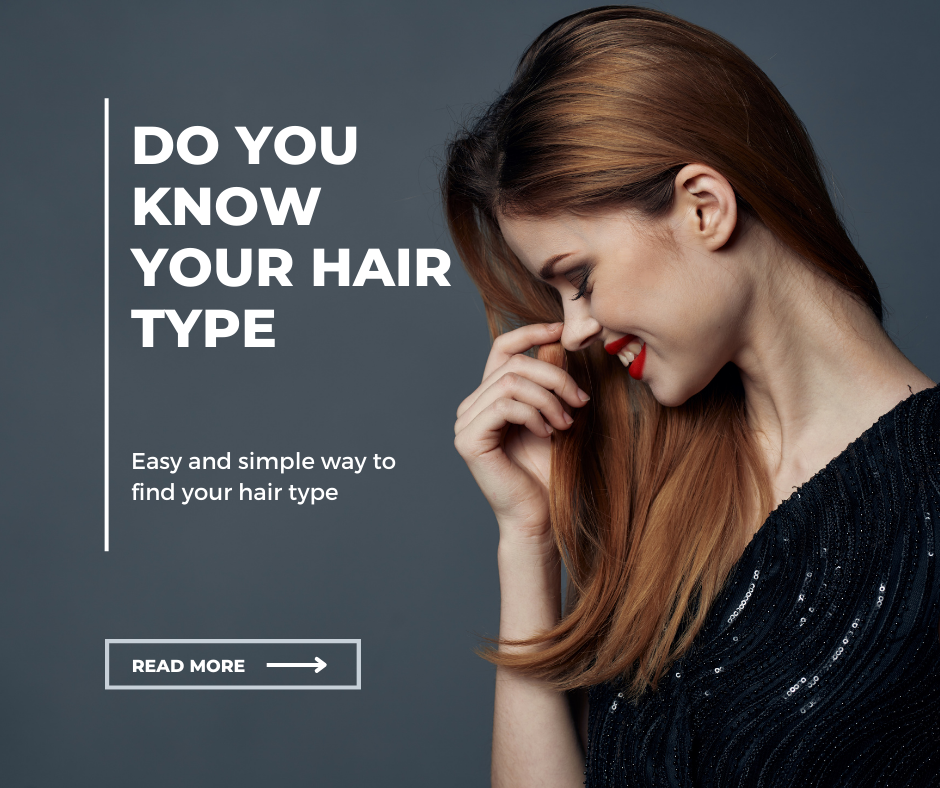What is your hair type?
Understanding Different Hair Types: A Comprehensive Guide
Introduction
Hair is a defining feature of our appearance, and its texture and type can vary greatly from person to person. Understanding your hair type is essential for proper care and styling. In this comprehensive guide, we will explore the various hair types and provide tips on how to care for each one. Whether you have straight, wavy, curly, or kinky hair, this guide will help you embrace and enhance your natural beauty.
- Straight Hair
Straight hair is characterized by its smooth texture and lack of visible curls or waves. It tends to be shiny and can range from fine to coarse. Here are some tips for caring for straight hair:
- Use a mild shampoo and conditioner to maintain its natural shine.
- Avoid heavy, oil-based products that can make straight hair appear greasy.
- Consider using a heat protectant before using hot styling tools to prevent damage.
- Wavy Hair
Wavy hair falls somewhere between straight and curly hair. It has gentle, loose curls or waves that give it a natural texture. Here are some tips for caring for wavy hair:
- Use a lightweight, moisturizing conditioner to define and enhance your waves.
- Scrunch your hair with a diffuser to encourage natural wave formation.
- Embrace air-drying for a beachy, effortless look.
- Curly Hair
Curly hair is known for its well-defined curls and coils. It can range from loose curls to tight spirals. Here are some tips for caring for curly hair:
- Use sulfate-free shampoos and conditioners to prevent moisture loss.
- Apply leave-in conditioner or curl-defining products to maintain shape and minimize frizz.
- Avoid brushing your curls when dry, as it can lead to breakage and frizz.
- Kinky Hair
Kinky hair is characterized by tight, coiled curls that are often densely packed. It requires a unique approach to care and styling. Here are some tips for caring for kinky hair:
- Use a sulfate-free shampoo and a rich, hydrating conditioner to retain moisture.
- Apply oils and creams to lock in moisture and reduce breakage.
- Consider protective styles like braids or twists to minimize manipulation and promote growth.
- Combination Hair Types
Many individuals have a combination of different hair textures on their head. For example, someone might have straight hair at the roots and curly hair at the ends. In such cases, it’s essential to adapt your hair care routine to address the specific needs of each hair type.
Conclusion
Understanding your hair type is the first step in maintaining healthy, beautiful locks. While these general guidelines can help you get started, it’s crucial to remember that individual hair care needs can vary widely. Experiment with different products and routines to find what works best for you.
Regardless of your hair type, consistency in your hair care routine is key. Remember to be patient and embrace the unique beauty of your natural hair. Whether you have straight, wavy, curly, or kinky locks, your hair is a part of what makes you uniquely you, and it deserves to be celebrated and cared for accordingly.
Comment
Comments are closed.



A WordPress Commenter
Hi, this is a comment.
To get started with moderating, editing, and deleting comments, please visit the Comments screen in the dashboard.
Commenter avatars come from Gravatar.